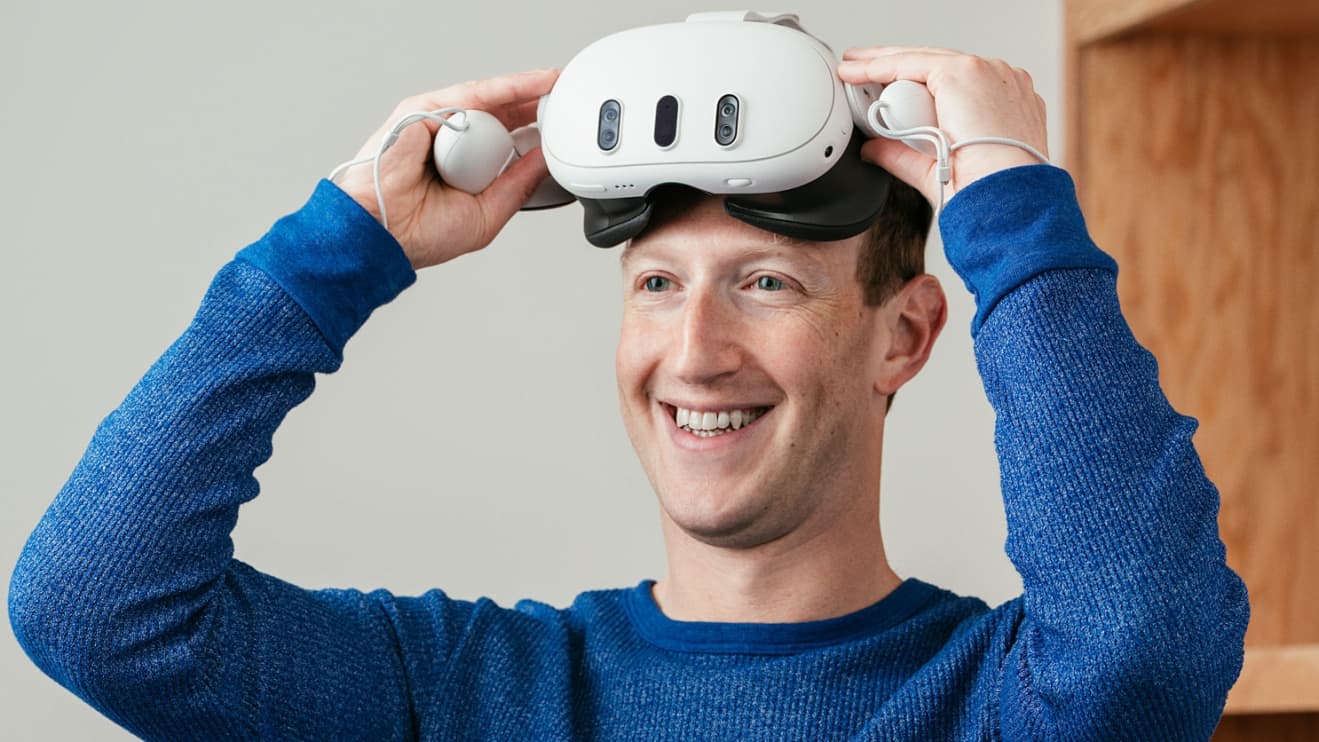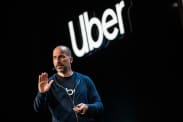To the Editor:
I have no objection to some level of bank regulation and oversight, but there has been a lot of noise on this topic that seems to be by regulators seeking to impose controls and inefficiencies as widely as they can (“The Perils of ‘Shadow Banks’, ” Cover Story, June 2).
It’s the collapse of highly leveraged debt structures that could be a real threat to economic stability. But this article isn’t finding any, especially in comparison to the enormous leverage carried by banks.
Such threats may perhaps exist; the risks hidden in leveraged derivatives was missed by most before 2008.
R. Paul Drake
On Barrons.com
Beware of AI Investing
To the Editor:
Under the hood of artificial intelligence, market manipulations like pump-and-dump schemes would become prevalent as well as more complex and harder to detect (“AI Is Going to Change Investing. Here’s How It Could Play Out,” Up & Down Wall Street, June 2). Beware of AI in investing, since AI bots will be reasoning and deciding based on data they are fed. Data can always be manipulated or engineered. Human innate feelings based reasoning are still far from being cloned in AI bots.
Milind Bhagavat
On Barrons.com
3 Dividend Kings
To the Editor:
With interest rates on savings accounts and money markets above 4%, Carleton English states that high-quality stocks like PepsiCo, Coca-Cola, and Colgate-Palmolive, with current dividends of 2% to 3%, lose their attraction (“Don’t Look Now, but Tech Stocks Are the New Defensive Play,” The Trader, June 2).
What needs to be considered is the fact that each of the named businesses is a “dividend king,” having raised dividends for at least 50 years—PepsiCo for 50 years, Coca-Cola for 61 years, and Colgate-Palmolive, also for 61 years. Over the past decade, PepsiCo has increased its payout 7.8% per year, Coke by 5.6%, and Colgate-Palmolive by 4.3%. With a record like that, our family office prefers the equities.
Patrick J. Keogh
Llano, Texas
Hyping India’s Rise?
To the Editor:
While I found the article “It’s Not Just AI. 5 Trends That Will Change How You Invest” (Guide to Wealth, June 2) fairly timely and predictable, India’s rise seems hyped. While India has seen infrastructure improvements and structural reforms over the past decade, the stability of those reforms has yet to be tested by the country’s many underlying issues.
Beneath the surface, the infrastructure improvements are overshadowed by gross incompetencies in implementation, as evidenced by the horrible train accident last week. India wants to be where China was 20 years ago—enjoying an inflow of unabated foreign capital investment and creating a broad manufacturing base for its vast, unemployed younger population.
How good is a vast young population if a majority lack proper education? It is no secret that India’s best and brightest leave in droves to find better education and employment in other countries. Those left behind find themselves in difficult economic circumstances. Multinational companies have identified this trend and exploited it.
For instance, Apple’s interest in shifting production to India is driven by a desire to increase its market share with the world’s largest population. Investor confidence has been boosted by the possibility of great Indian stories yet to surface, but I would be cautious at best.
Dinesh Rastogi
Canonsburg, Pa.
Eaton and NVent
To the Editor:
Al Root’s bullish analysis of Eaton (“Eaton Stock Has Seen a Lot of Growth. Why the Ride Is Not Over,” Follow-Up, June 2) has considerable merit, the essence being the company’s status as the “poster child for electrification.”
This theme reminded me of Root’s insightful and prescient column on nVent Electric (“This Small-Cap Stock Is Cheap and Growing Fast. It’s Time to Buy” (Sizing Up Small-Caps, March 25, 2022). NVent is a picks-and-shovels play on the electrification trend, with its electrical connection and protection products being an essential component of its customers’ installations. Since publication of that article, nVent has sported an upside gain of 35%. Its market cap is now $7.6 billion. The forward price/earnings ratio is 15.5. Eaton’s gain over this same period is 28%. Its market cap of $74.3 billion is nearly 10 times that of nVent, and its forward P/E of 21.9 reflects a less-attractive valuation.
Against the backdrop of these metrics, what resonates most loudly is Root’s statement that “nVent also has a wild card—the possibility that it will be taken over.” And, to come full circle, which company does Root highlight first as a potential suitor? That’s right—Eaton. My own analysis strongly suggests that such a marriage would be highly complementary to Eaton.
Rob Suthe
Bethesda, Md.
Too Slow, Too Fast
To the Editor:
Regarding “The Drivers of Inflation Are Reversing. The Case for Fed Cuts” (Other Voices, June 2), Ian Shepherdson does a masterful job of combining micro- and macroeconomics while reminding us of Rudiger Dornbusch’s timeless quote, “In economics, things take longer to happen than you think they will, and then they happen faster than you thought they could.”
David Johnson
Brooklyn, N.Y.
Send letters to: mail@barrons.com. To be considered for publication, correspondence must bear the writer’s name, address, and phone number. Letters are subject to editing.





